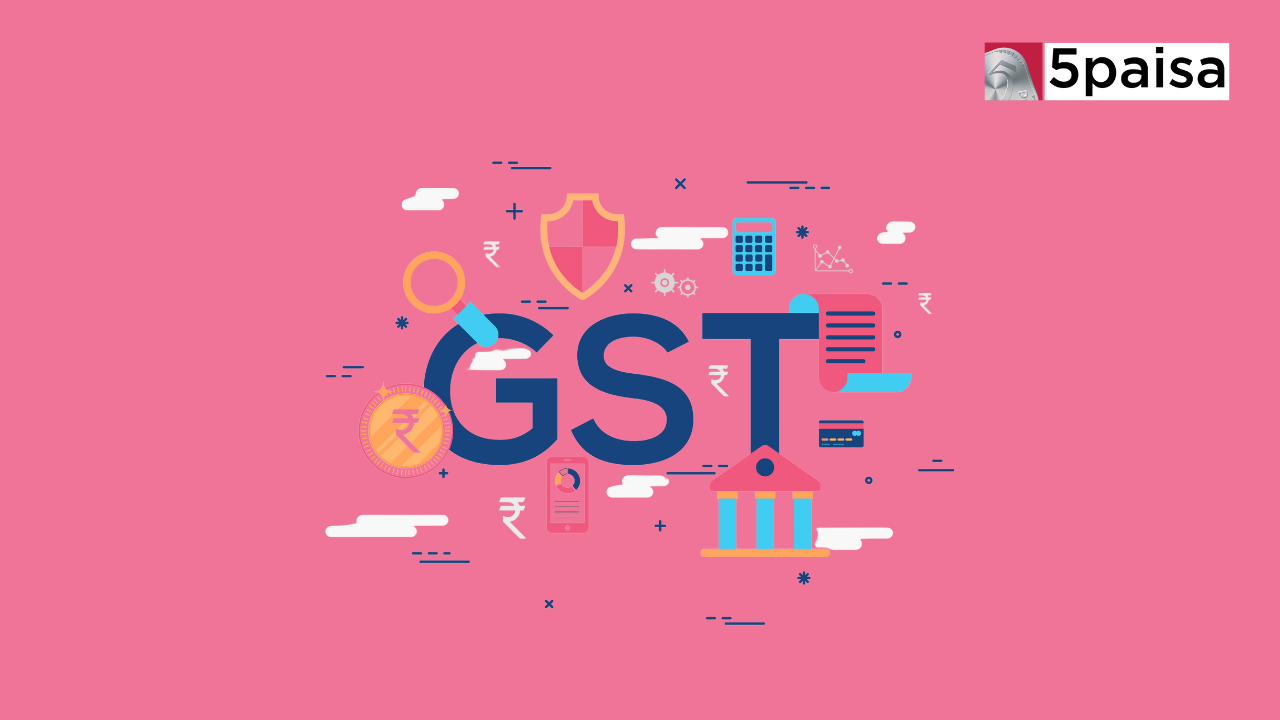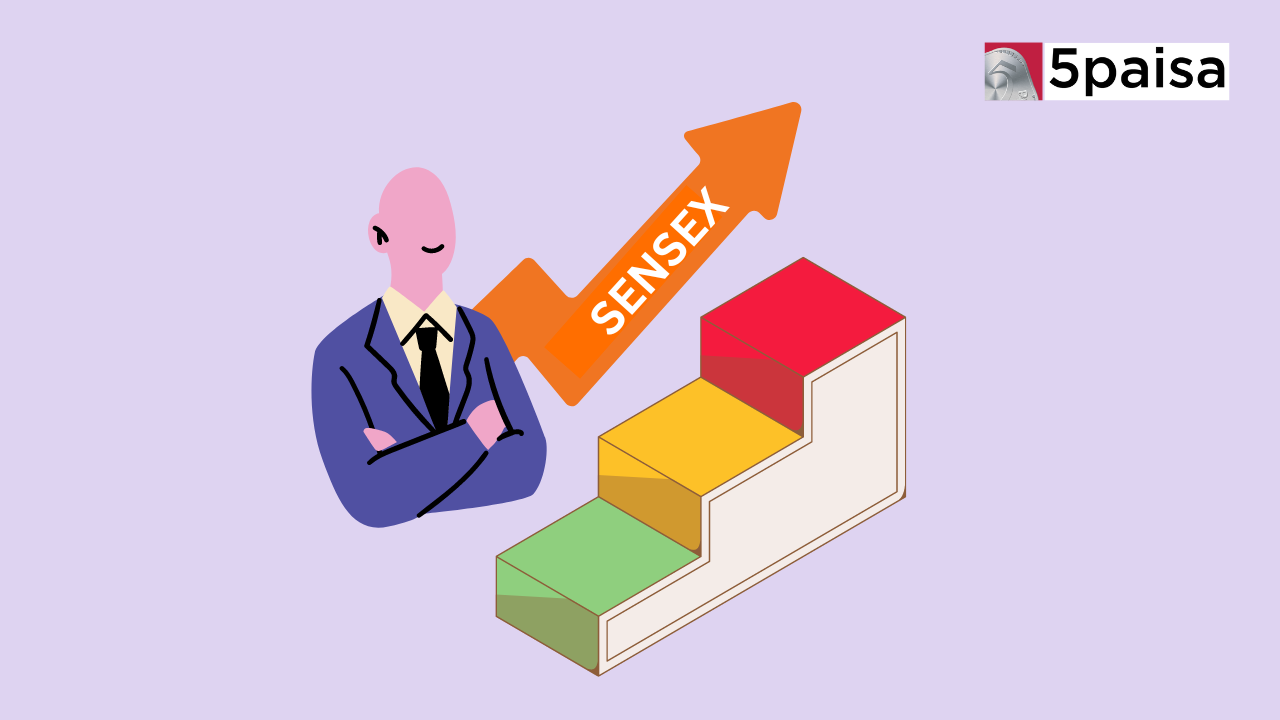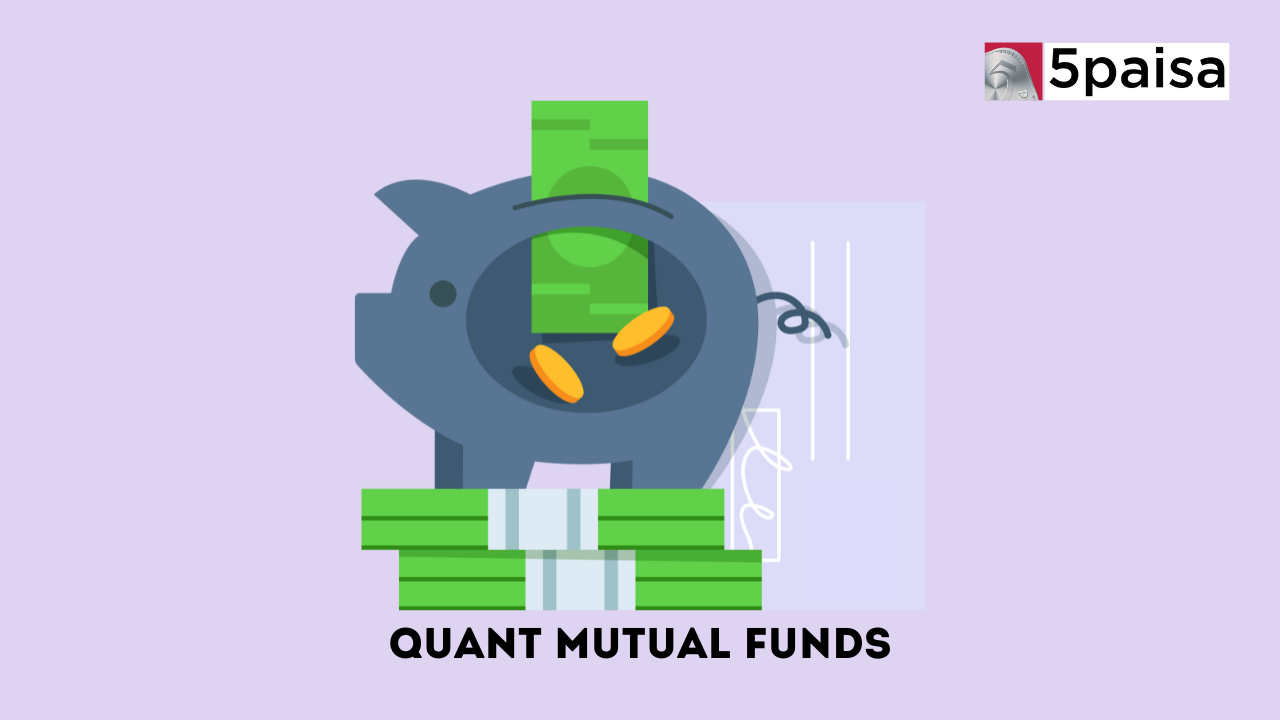List Of Maharatna Companies In India
Types of GST in India

Last Updated: 11th June 2024 - 11:57 am
The full form of GST is Goods and Services Tax. GST is an indirect tax system. It replaces several other indirect taxes in India. GST is a consumption-based tax imposed on products and services nationwide. The GST attempts to simplify the tax system and guarantee that all taxpayers pay taxes consistently and openly. Usually, 5 types of GST are assessed depending on the nature of the goods provided; this article will discuss the types of GST percentage.
What is GST | Types of GST in Hindi | GST on Daily Products | GST
What is GST?
On July 1st, 2017, India enacted the Goods and Services Tax (GST), an indirect tax regime. It is a destination-based tax, implying that the state where the products or services are consumed is responsible for collecting the tax. Under the GST system, companies with yearly revenue of more than ₹20 lakhs (₹10 lakhs for the northeastern states) must register and abide by the GST rules. Given that GST is a multi-stage tax system, tax is paid at each supply chain link from the manufacturer to the buyer. However, only the final consumer is responsible for paying taxes. Establishing a consistent tax structure across the nation and eliminating several taxes, improved efficiency in tax collection and compliance.
Objective of GST
The Goods and Services Tax, or GST, seeks to eliminate various levies on businesses and consumers by establishing a single, straightforward tax structure. GST intends to simplify the tax system by replacing several indirect taxes with a single, all-inclusive tax, improving the efficiency and transparency of tax compliance. GST is anticipated to lessen the tax cascade effect, enhance tax collection, and boost government revenue. Additionally, the GST intends to facilitate conducting business and level the playing field for companies nationwide. Different types of GST in India aim to make taxes more straightforward, transparent, and practical while fostering economic growth and development in India.
Different Types of GST
Frequently it is asked, How many types of GST are there? So, the different types of GST percentage include:
● Central Goods and Services Tax: It is imposed by the central government on inter state transactions.
● State Goods and Services Tax: It is a tax that the state government imposes on intrastate supplies of goods and services.
● Integrated Goods and Services Tax: This is imposed on exchanging and trading goods and services between states or Union Territories.
● Union Territory Goods and Services Tax: It is imposed by the Union Territory Government on delivering goods and services within the Union Territory like Andaman and Nicobar Islands.
Replaced Taxes with GST
The introduction of different types of GST in India has significantly decreased the overall tax burden on businesses and improved the efficiency & transparency of the tax system.
Multiple indirect taxes replaced by GST in India are:
● Central Excise Duty
● Service Tax
● Value Added Tax (VAT)
● Central Sales Tax (CST)
● Entertainment Tax
● Luxury Tax
● Purchase Tax
● Octroi
● Entry Tax
● Advertisement Tax
Benefits of GST
Some of the benefits of GST are:
● Simplifies tax structure
● Reduces compliance burden
● Eliminates the cascading effect of taxes
● Creates a uniform tax structure
● Increases revenue for the government
Current Application of the Different Types of GST
The introduction of mainly 5 types of GST has made India's taxation structure more simplified and effective. GST has raised government revenue while lowering the burden of compliance on businesses. Additionally, the various types of GST percentage have ensured that the country's tax system is unified, making it more straightforward for taxpayers to conduct business.
● State Goods and Services Tax (SGST) is imposed on intrastate supplies of goods and services. The SGST rate varies from 0% to 28% among states. The corresponding State Government is in charge of collecting the SGST income.
● Interstate supplies of goods and services are subject to the Central Goods and Services Tax (CGST). The Central Government is responsible for collecting CGST, which ranges from 0% to 28%.
● When products and services are supplied across multiple states or Union Territories, the Integrated Products and Services Tax (IGST) is levied. The central government also collects the IGST, which ranges from 0% to 28%. Depending on where the products or services are going, the central and state governments split the IGST revenue.
● This tax, known as the Union Territory Goods and Services Tax (UTGST), is levied on supplies of goods and services made within a Union Territory. The Union Territory Government collects the UTGST, ranging from 0% to 28%.
Here is a table describing the current application of the different types of GST percentage in India:
|
Type of GST |
Applicable On |
Collected By |
Rate |
|
SGST |
Intra-state supply of goods and services within a state |
State Government |
0%-28% (varies across states) |
|
CGST |
Intra-state supply of goods and services within a state |
Central Government |
0%-28% |
|
IGST |
Inter-state supply of goods and services between different states or Union Territories |
Central Government |
0%-28% |
|
UTGST |
Intra-state supply of goods and services within a Union Territory |
Union Territory Government |
0%-28% |
Difference Between the Types of GST
The fundamental distinction between the four types of GST percentage —CGST, SGST, UTGST, and IGST—is where they apply and who collects them. The State and Central Governments collect the SGST and CGST, which use intra-state supplies of goods and services. In contrast, the IGST is levied by the Central Government and applies to interstate shipments of goods and services. Like SGST, UTGST is collected by the appropriate Union Territory Government and only applies to supplies of goods and services within Union Territories. Depending on the type of products or services provided, the rates for all types of GST percentage range from 0% to 28%.
Who is Liable to Pay GST?
● GST is due to every person, business, partnership, limited liability partnership (LLP), and other entity that provides goods or services.
● In most states, firms with annual revenue of more than ₹40 lakhs (for products) or ₹20 lakhs (for services) are subject to the GST. However, the threshold limit is ₹10 lakhs for specific categories in states and northeastern states.
● Individuals producing, marketing, or distributing goods and services must register for GST.
● E-commerce companies that enable selling products or services through their platform are likewise subjected to GST.
● With the reverse charge system, the buyer of the products or services is now responsible for paying the GST, not the seller.
Goods Exempted from GST Payment
Essential food items like fresh fruits & vegetables, cereals, meat, fish, milk, eggs, healthcare, and educational services, are some of the goods exempt from GST payment in India. Some government services, book categories, and agricultural products are exempt from GST payments.
Disclaimer: Investment/Trading in securities Market is subject to market risk, past performance is not a guarantee of future performance. The risk of loss in trading and investment in Securities markets including Equites and Derivatives can be substantial.
Frequently Asked Questions
Who are the taxable persons under GST?
What is the use of a GST calculator?
Trending on 5paisa
Discover more of what matters to you.
Indian Stock Market Related Articles
 Sachin Gupta
Sachin Gupta Ruchit Jain
Ruchit Jain Tanushree Jaiswal
Tanushree Jaiswal




